BluntCut MetalWorks
Knifemaker / Craftsman / Service Provider
- Joined
- Apr 28, 2012
- Messages
- 3,413
Thanks Cobalt.
That 61rc D2 blade looks tough. Worse part of edge deformation reached to about edge shoulder thick. From reflection, I guess, edge angle is about 22-25dps. Your recall/guess? There is a large chip on spine due to poor hammer strike, chip perimeter has sharp edges, which indicate low plasticity. So would batoning - with hammer - to a granite rock be a good test? because it would yield similar edge damages.
When testing, it is good to have external point of references/baselines. Next time doing D2, I can target for 61rc and try to replicate this test. Please do advise/guess/suggest on parity of edge geometry.
That 61rc D2 blade looks tough. Worse part of edge deformation reached to about edge shoulder thick. From reflection, I guess, edge angle is about 22-25dps. Your recall/guess? There is a large chip on spine due to poor hammer strike, chip perimeter has sharp edges, which indicate low plasticity. So would batoning - with hammer - to a granite rock be a good test? because it would yield similar edge damages.
When testing, it is good to have external point of references/baselines. Next time doing D2, I can target for 61rc and try to replicate this test. Please do advise/guess/suggest on parity of edge geometry.



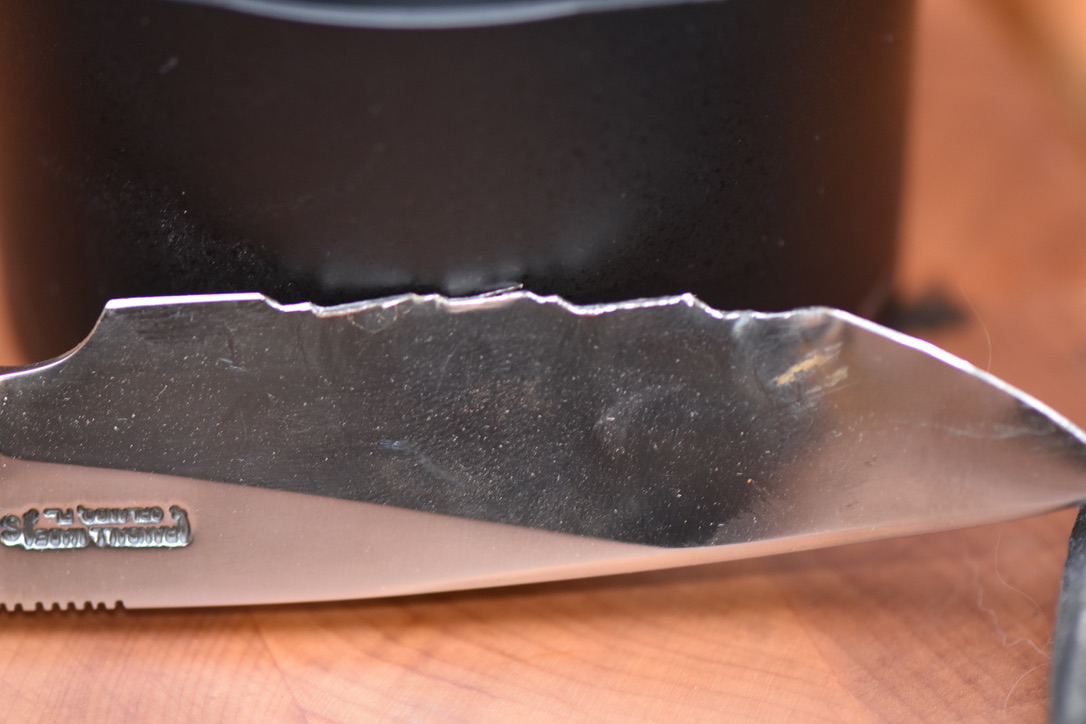
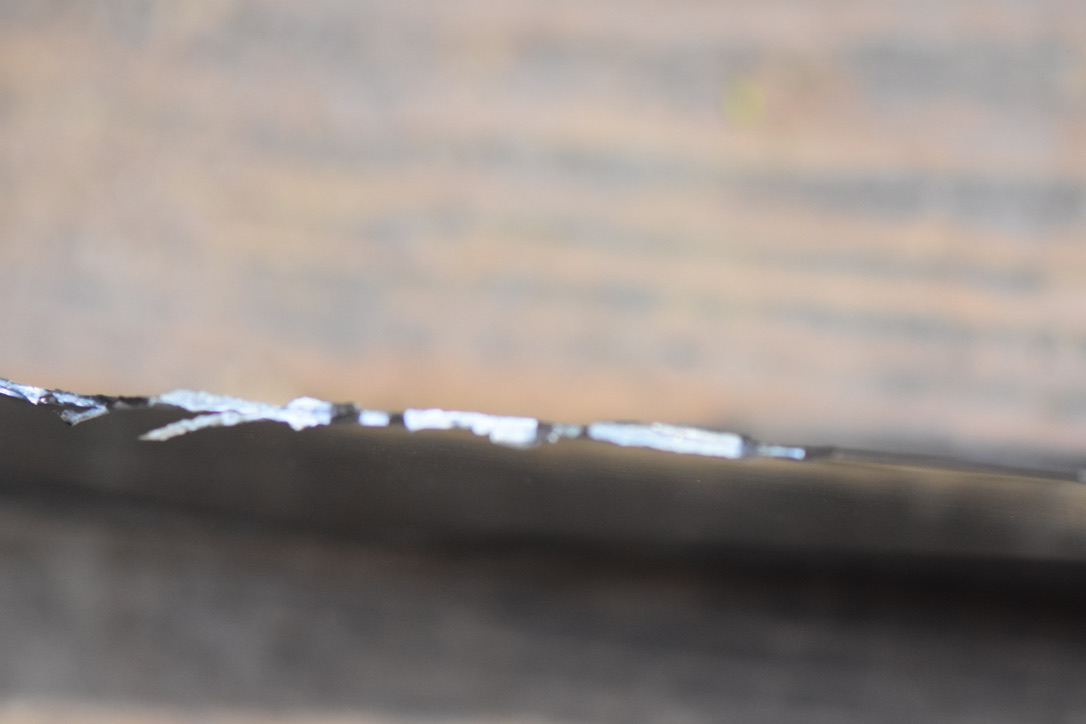
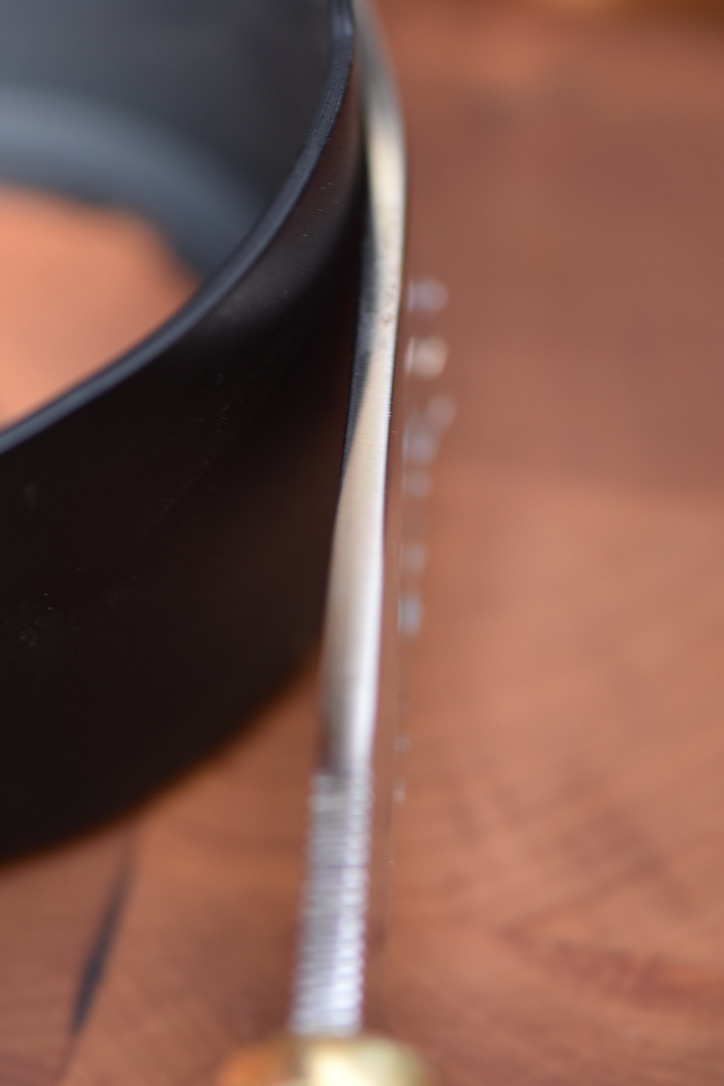
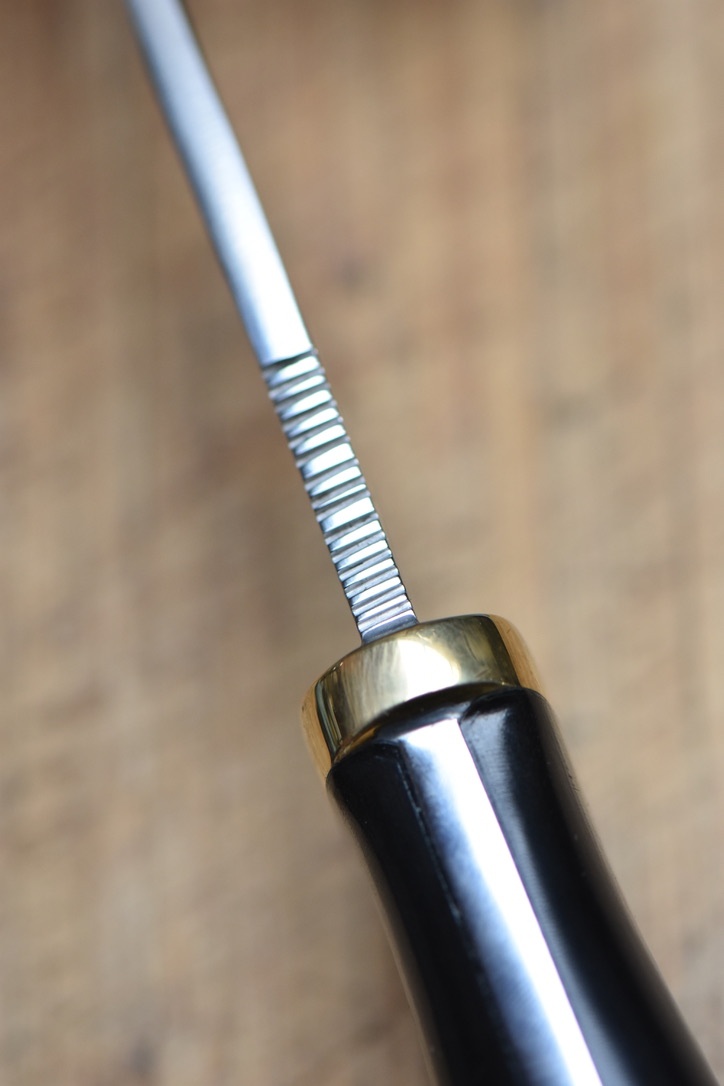
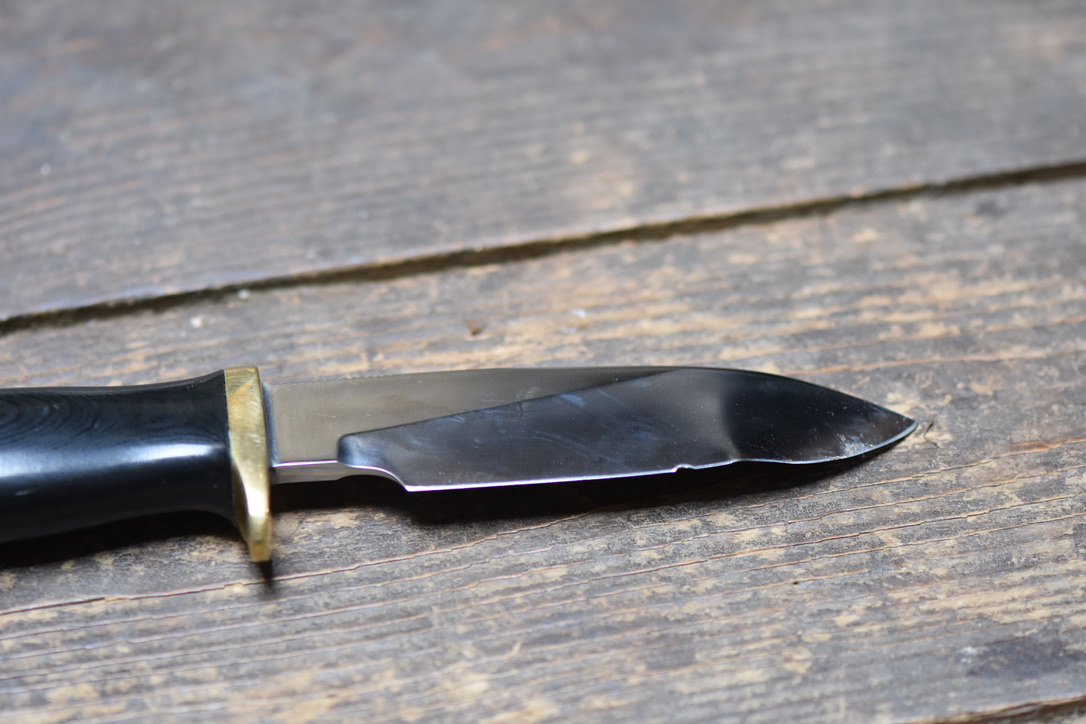



 . I am just wishing not having the chopping block variable too involved.
. I am just wishing not having the chopping block variable too involved.